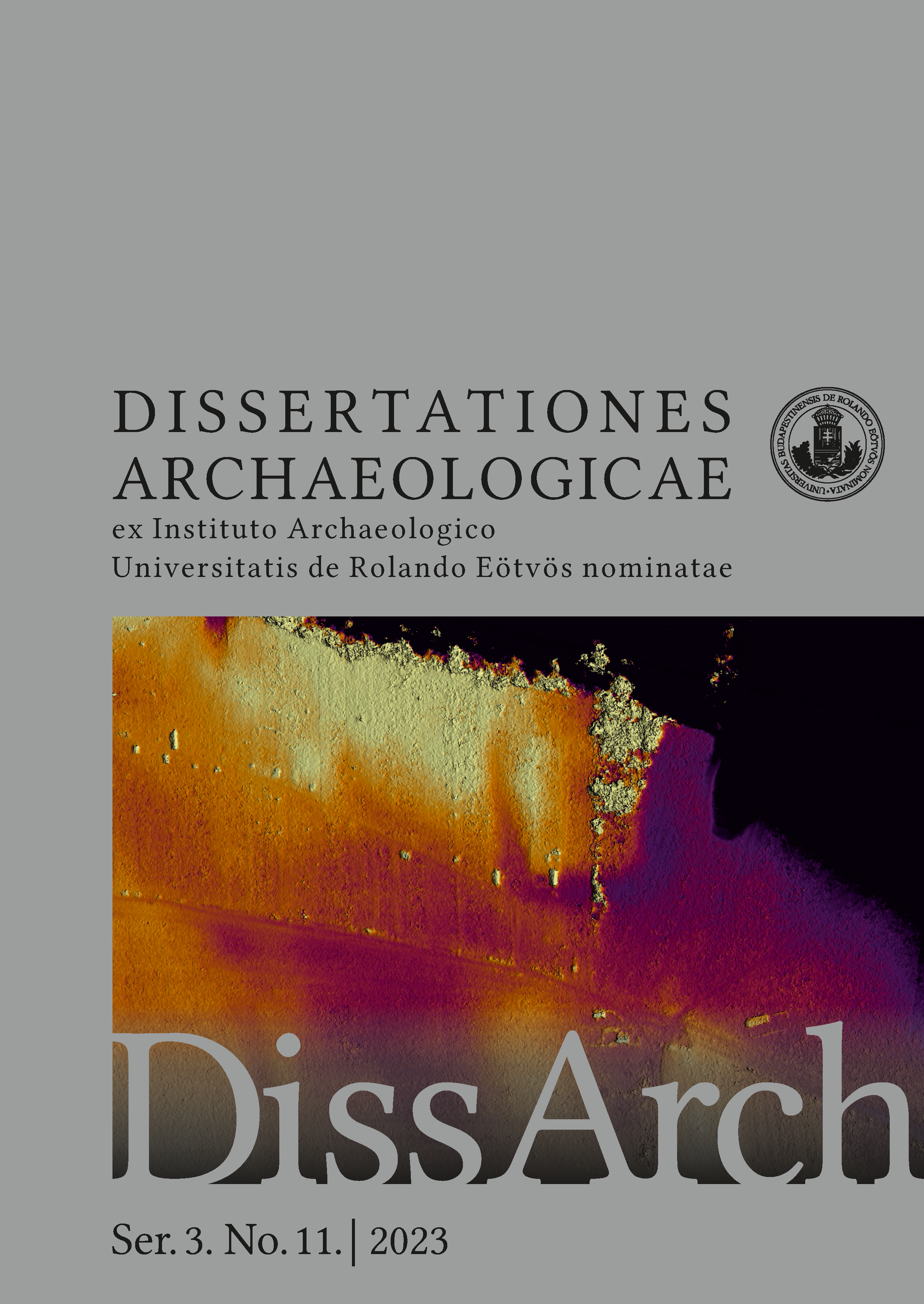Obsidian-tipped spears from the Admiralty Islands in the Oceania Collection of the Museum of Ethnography in Budapest
Published 2024-03-26
Keywords
- Papua New Guinea,
- knapped stones,
- lithic technology,
- symbolic meaning,
- stone tool utilization
How to Cite
Abstract
The authors studied 36 obsidian-tipped spears in the Oceania collection of the Museum of Ethnography in Budapest. In addition to describing the objects from the Admiralty Islands collected before 1897, the paper provides a summary of the related ethnographic information, including the technological and technical details of spear point making and the characterisation of the obsidian raw material used.
The blades used for making the obsidian points presented in this study showed no sign of standardisation (an indicator of advanced blade technology) in the spear point-making process. According to 19th-century ethnographic sources, the functional part of the points was the most important, and much time and effort were invested in ensuring that the blades were effective weapons. Later, as a sign of decline, primary production of obsidian blades ceased, and manufacturers started scavenging old artefacts and utilising waste and by-products. As a result, the blades decreased in size and became more irregular, and an increasingly large number included parts of the cortex, the crust of obsidian. After 1911, the relative importance of decoration increased, and the type became more standardised.
The irregular shape of the spear points presented in the study and the thin, weak shafts with an awkward curvature raise questions about whether the spears were actual weapons. At the same time, the artistic decoration of the mounting sockets and ethnographic parallels suggest that the pieces in the collection were likely status objects instead.


